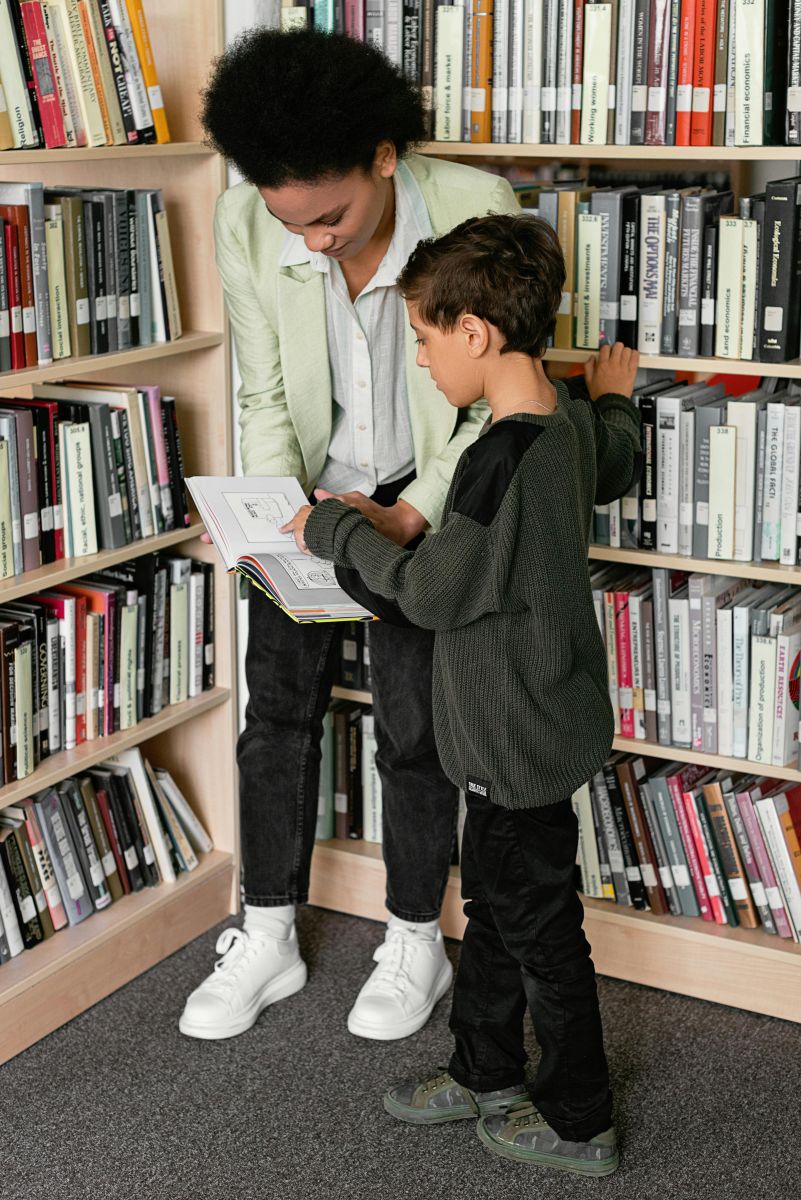 We recently got the following review on our website about our high-interest, nonfiction stories:
We recently got the following review on our website about our high-interest, nonfiction stories:
“I am a reading teacher who currently works with middle school students. Read Live offers stories that are interesting and contain sophisticated vocabulary. It can be overwhelming to preteens and teens to struggle with reading materials and also to practice weak skills with connected text that is babyish. Read Live presents topics that are current, historical and relatable. My students look forward to selecting stories that are of interest to them that do not talk down to where they are as learners. The program is designed with the goal of success for each and every student that interacts with its content. My students feel comfortable and confident in working with this amazing program to improve their reading skills.”
– Cathy K., Middle School Reading Teacher
Cathy, the reviewer, points out something we hear all the time: Read Naturally stories capture students’ curiosity and keep them engaged. This is, of course, by design. Why would a reluctant reader want to read about a boring topic? Even at the lowest levels, our stories include cool facts that the average adult doesn’t know. The whole purpose of reading is to learn something or to be entertained—and our stories do both.
And yet, as a curriculum company with a strategy intended to accelerate progress, we have some story-length limitations—often to our writers’ dismay! There are many, many more things we could say about our topics if we had an unlimited word count. Thankfully, interested students (and teachers!) can find additional information about these topics and continue reading to their hearts’ content. Here’s a brilliant suggestion from Denise M., a Title I teacher:
“I stumbled upon a great way to make Read Naturally more fun and interesting for my students. An English language learner in my class was reading the story about Beatrix Potter (Level 5.0). Her read-aloud tone sounded flat and expressionless. I asked her if she had ever seen any Beatrix Potter books. She replied that she had not. I slipped out to the library down the hall and grabbed a few Beatrix Potter books. When the student saw the beautiful water-color drawings and the adorable characters in the books for the first time, the story about the author came alive, as did the expression in her oral reading.
Seeing her excellent response, I began to collect books and articles from home and from the school library. I made a list of the stories being covered in Read Naturally to guide me. I now have a resource classroom library table filled with colorful books and National Geographic magazines directly related to the stories the students are reading. I show students the related books or articles at the point that I think they might most appreciate seeing them. Students now ask, "Do you have a book to go with my story?" or "Do you have a picture for me?"
Honestly, this treasure hunt for supporting materials has made Read Naturally more fun and interesting for me as a teacher. A recent article shared with a sixth-grade student about the anniversary of the fall of the Berlin Wall led us into a thought-provoking discussion about freedoms we take for granted in the United States.”
-Denise M., Title I teacher
We absolutely LOVE Denise’s suggestion. When students have a jumping off point to continue reading—and thus continue learning—whole new worlds open up to them. We are thrilled when our stories can be that jumping off point.
By the way, if you’re interested in learning more of the cool facts in our stories, be sure to follow us on social media! Do you have a favorite bit of trivia from a Read Naturally story? Feel free to leave it in the comments!
 Share your student’s success story—nominate him or her for our Star of the Month award. Win a Barnes & Noble gift card for the student and a Read Naturally gift certificate for your class!
Share your student’s success story—nominate him or her for our Star of the Month award. Win a Barnes & Noble gift card for the student and a Read Naturally gift certificate for your class!
My students and I love the nonfiction reading selections in Read Live. Sometimes after doing their cold read, we will go look for a short video on YouTube about the animal, and that really amps up their interest and engagement in the story. Some of the best ones I remember are the one about Shoebills, The Spitting Spider, and Running on Water (about the basilisk lizard).